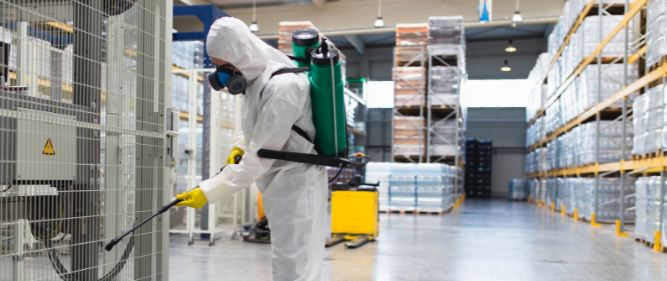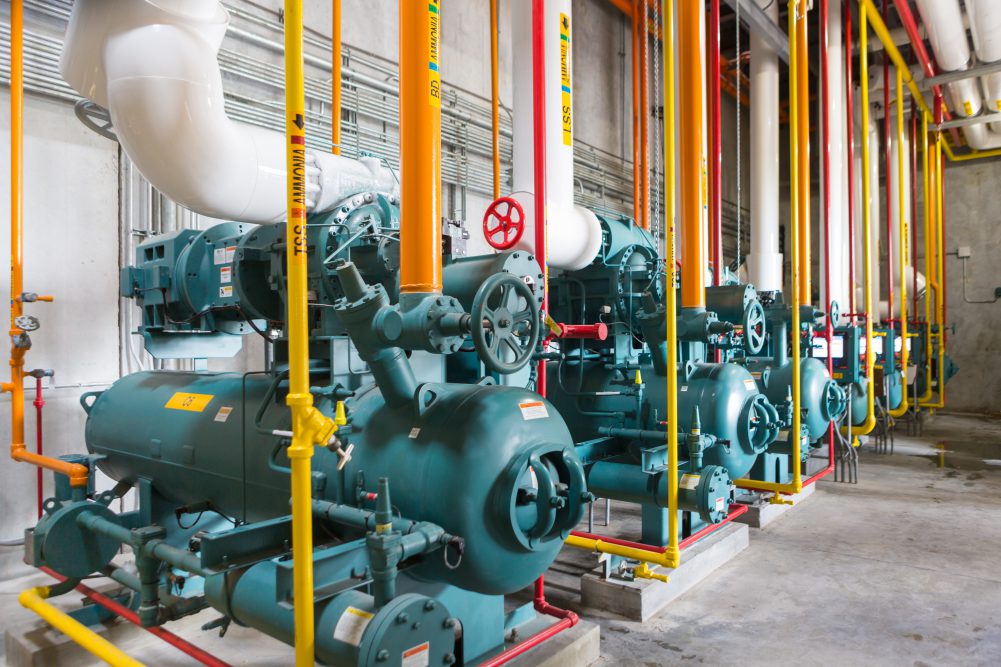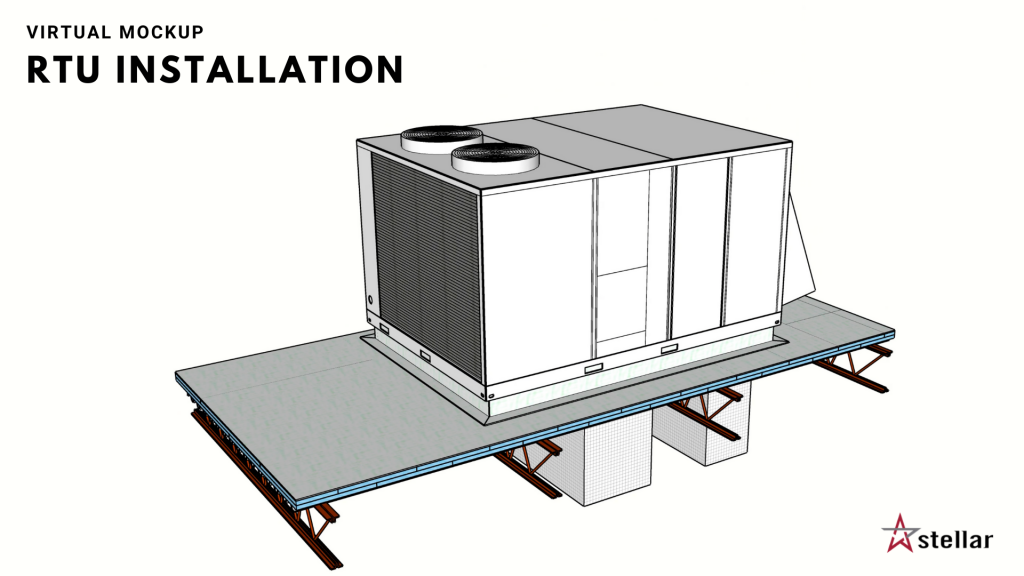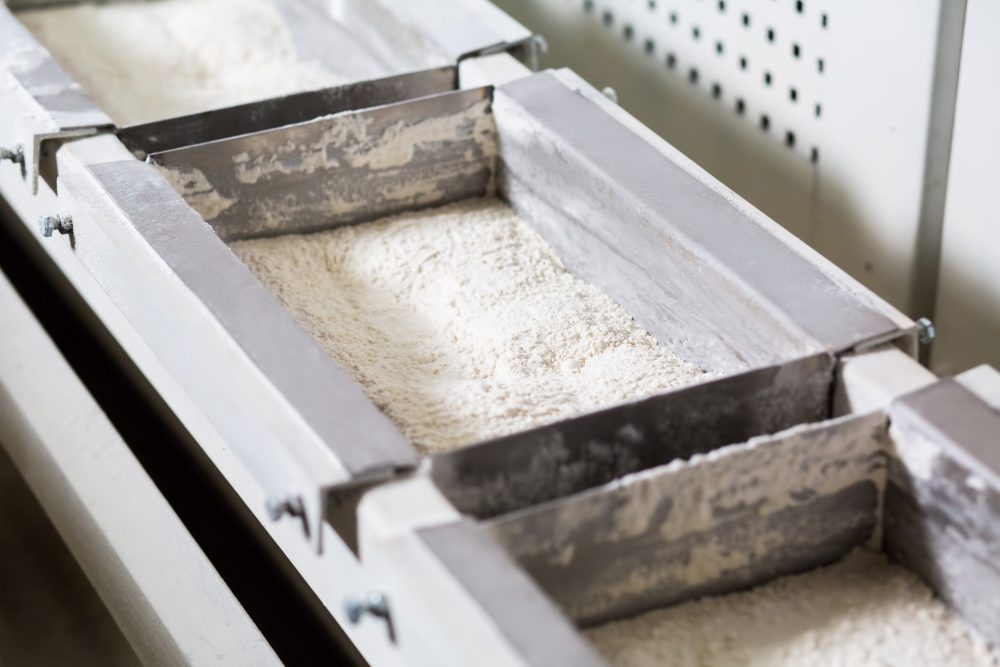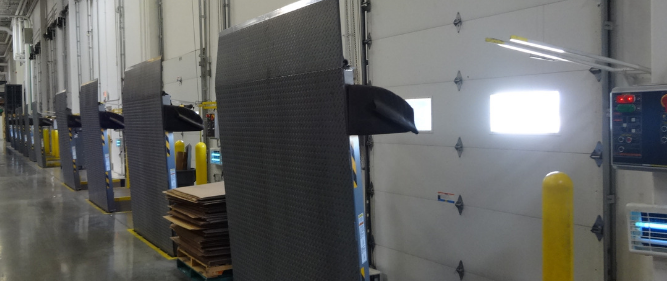Cyberattacks, Hacking and Phishing Scams: the Food Processing Industry’s Multimillion-Dollar Problem
Food processing facilities have come a long way since pre-industrial days. Each year, food and beverage companies rely more heavily on automation, high-tech building management systems, remotely accessible machine sensors, modern data collection and the latest technology. While these innovations can help facilities run more smoothly, they can also leave them vulnerable to data breaches and cyberattacks.
In 2020, the average cost of a cyberattack was approximately $3.86 million, according to the Association for Packaging and Processing Technologies (PMMI). When computer intrusions happen, cybercriminals are typically seeking out a company’s intellectual property or customer and client data that can be exchanged for digital currencies, like passwords, protected health information, personal identity information and credit card information.
Every company will be targeted by a malware or ransomware attack at some point. It’s just a matter of when, so it’s vital to have a robust cybersecurity plan that protects your assets and information.
Continue Reading “Cyberattacks, Hacking and Phishing Scams: the Food Processing Industry’s Multimillion-Dollar Problem”




